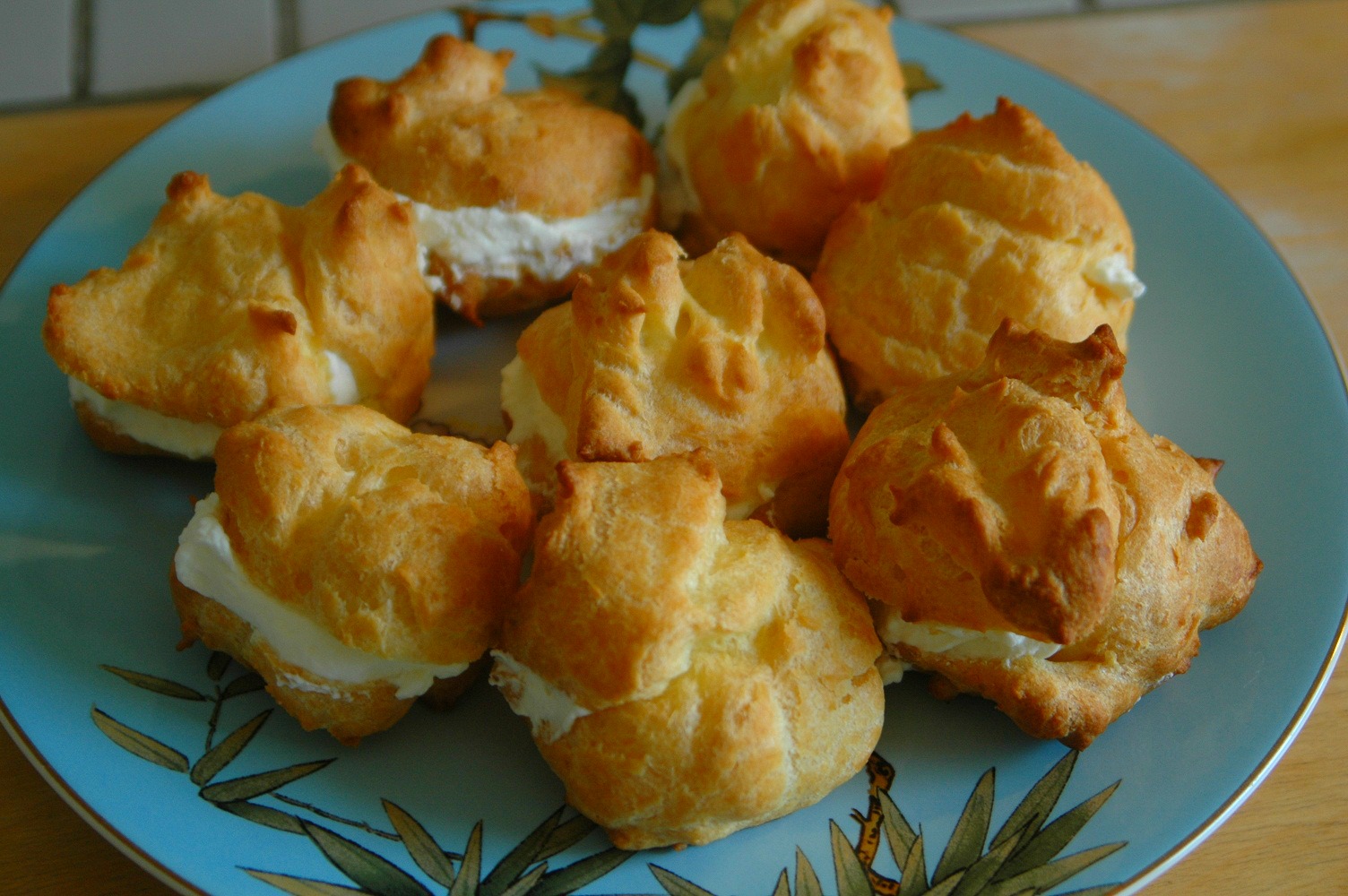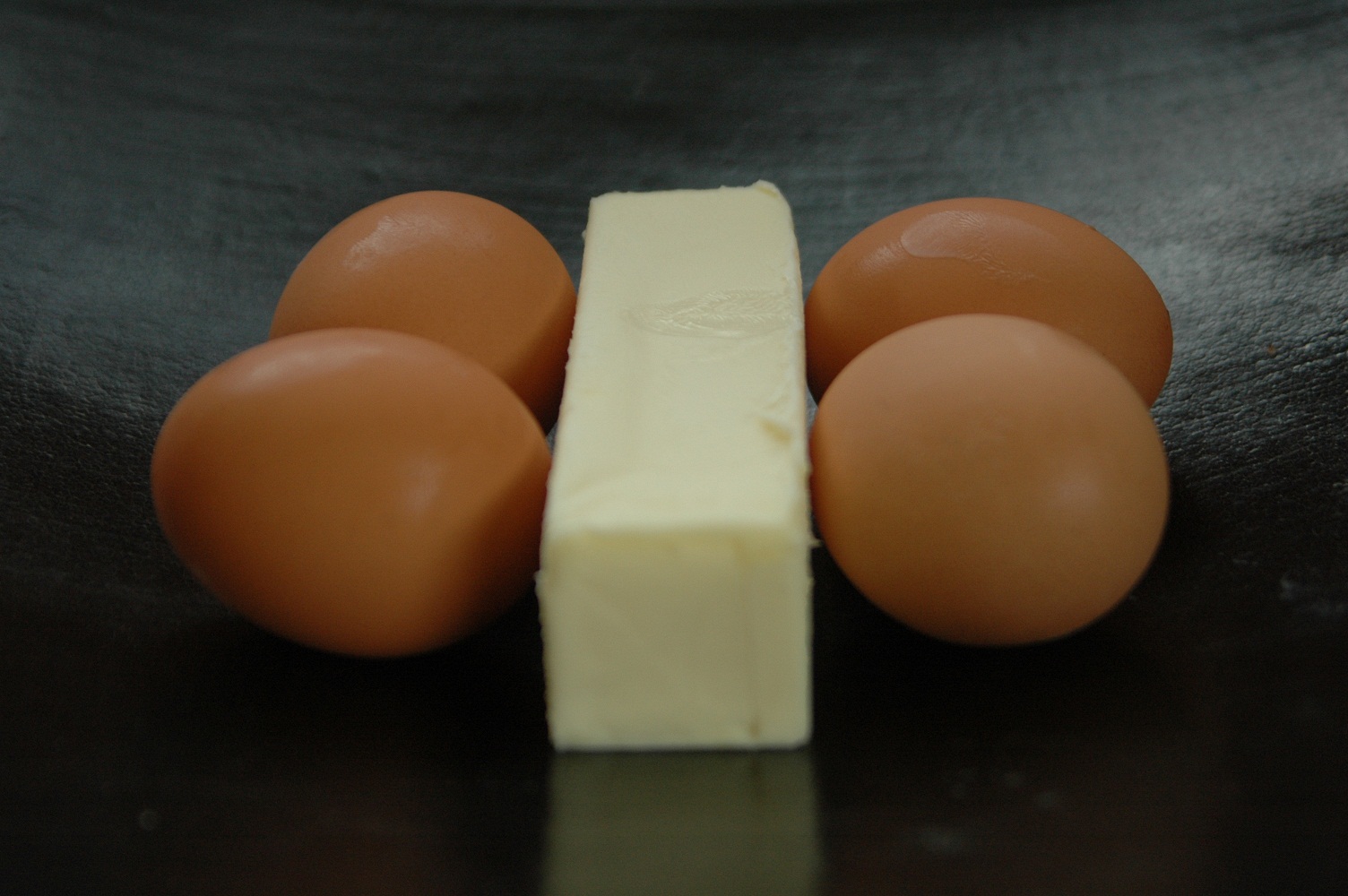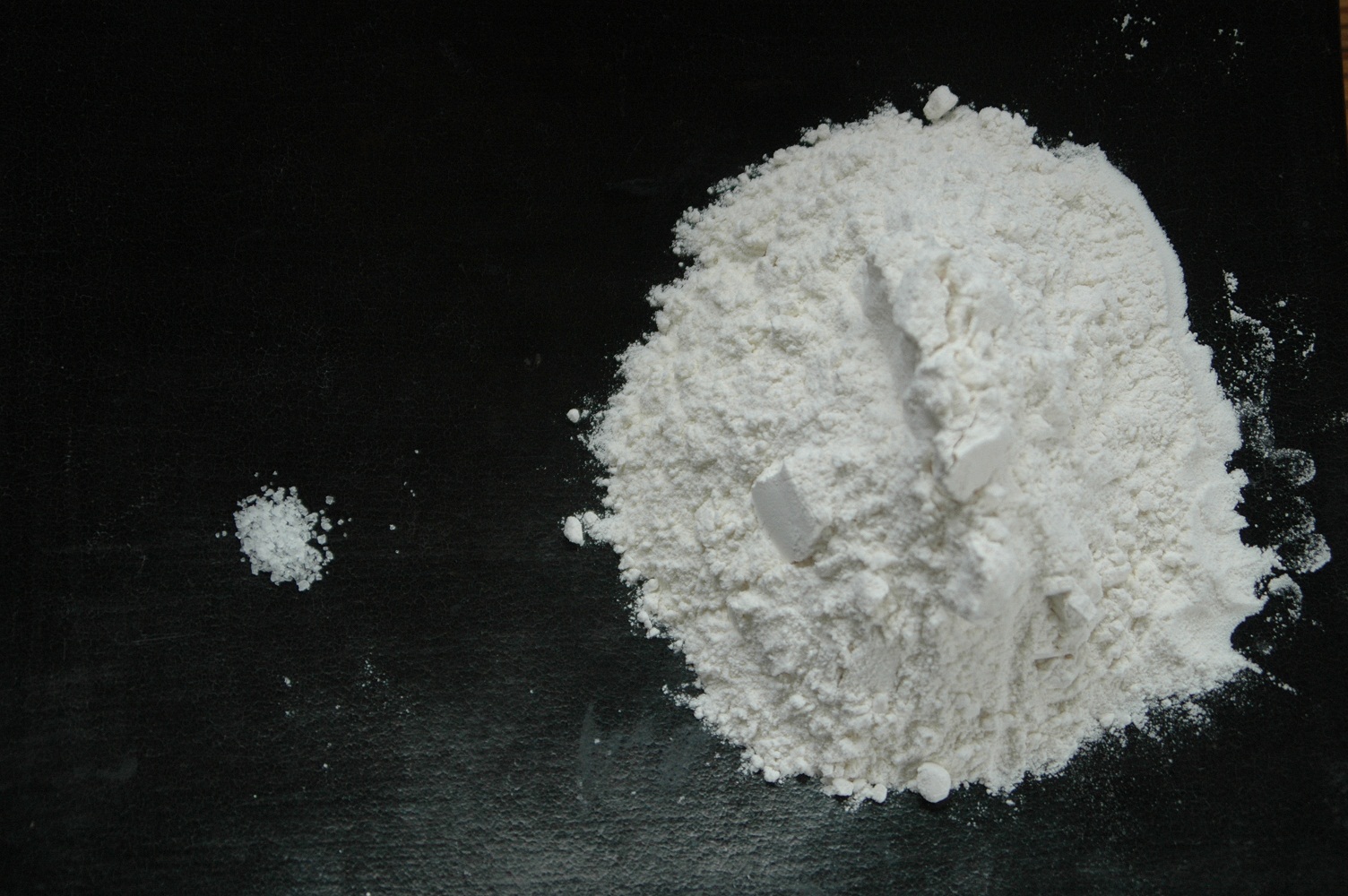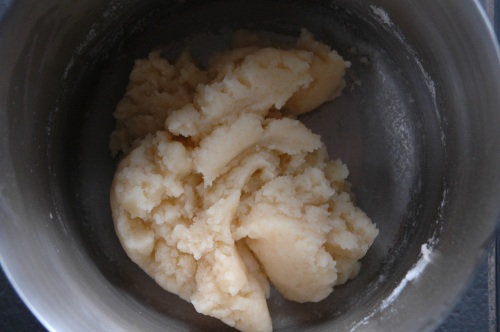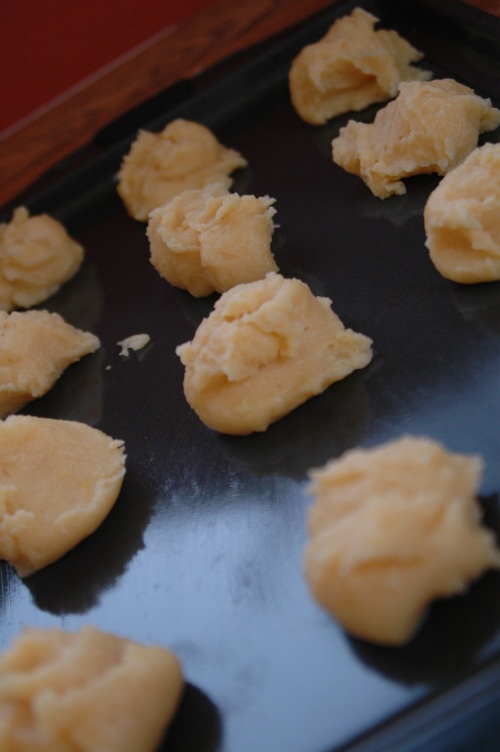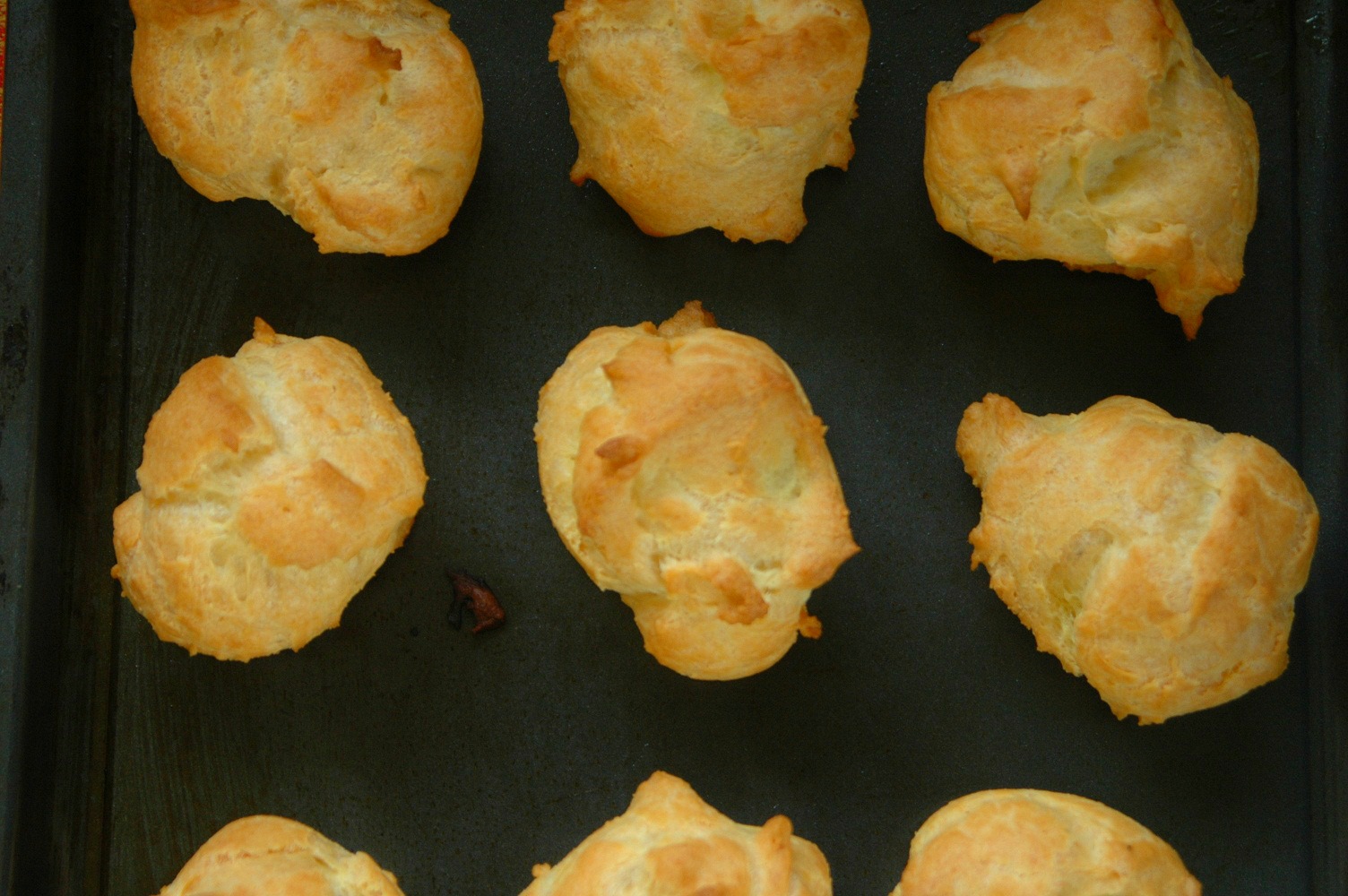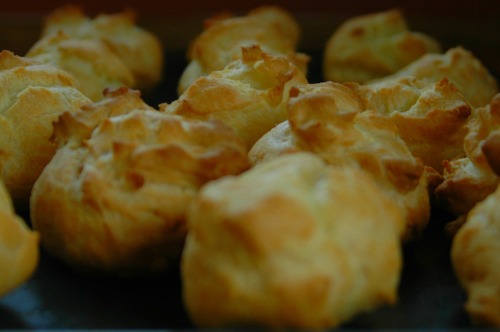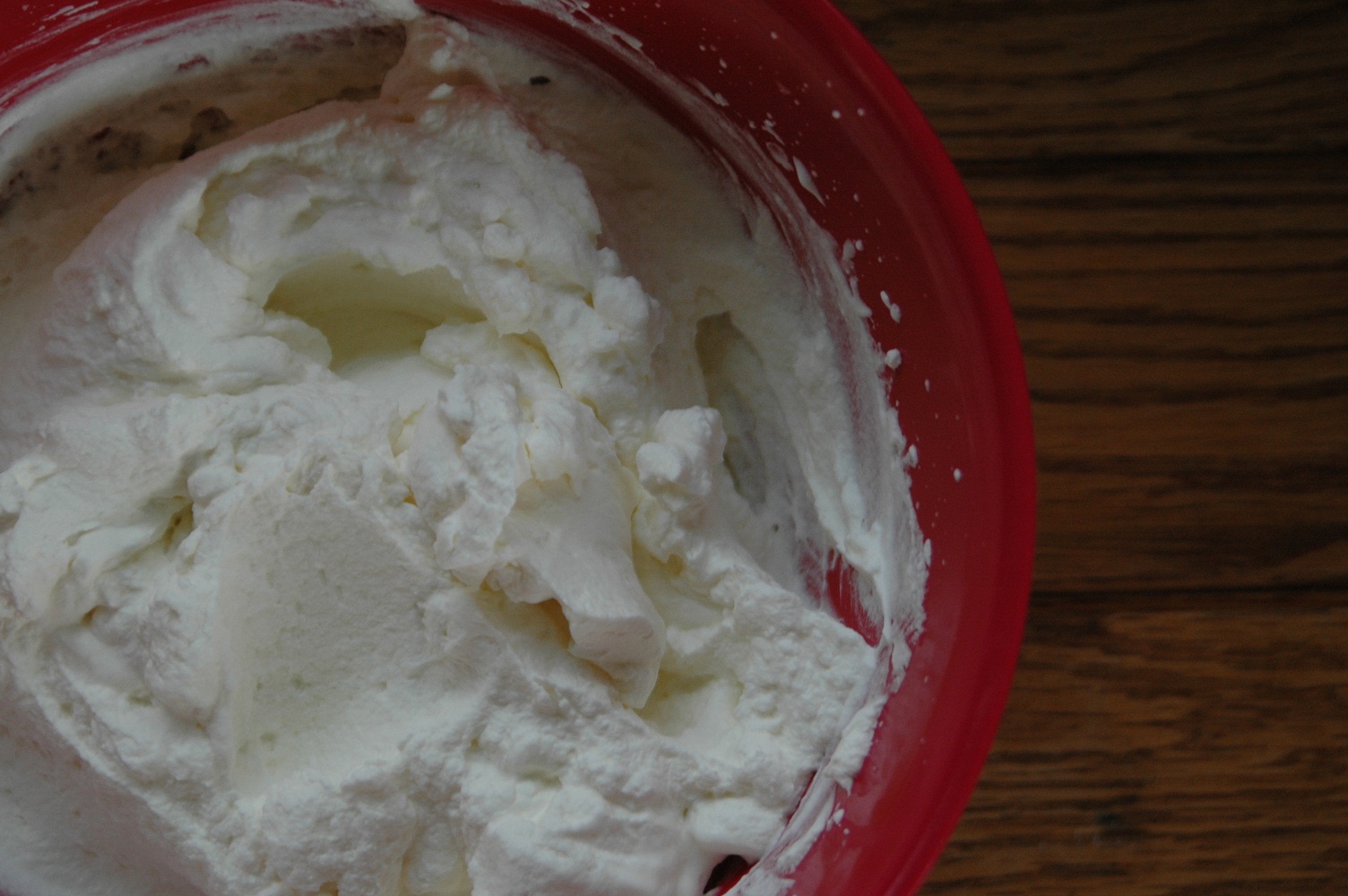Pressure Canning vs Water bath
 Tuesday, November 13, 2012 at 06:41PM
Tuesday, November 13, 2012 at 06:41PM There are two ways to process preserved fruits and vegetables, but how do you know when you need to use one method over the other? When can you safely water bath something versus having to pressure can it?
There is a simple rule - fruits and HIGH acid foods can be safely preserved using the water bath whereas vegetables and LOW acid foods are what NEED to be pressure canned. Now don't go confusing pressure canners with pressure cookers or steamers, or it may result in some exploding jars, contaminated product or worse. Pressure cookers and steamers simply will not heat the contents of your jars to the correct temperature, so be sure you are using a pressure cooker and follow the operating instructions that you will find inside the box. Pressure canning increases the temperature of the product inside your jars to a hot enough temperature that it kills and bacteria present and will also deactivate any unwanted enzymes.
So what types of items are considered LOW acid?
- tomato sauce recipes that do not have lemon juice added to them
- vegetables that are not pickled using vinegar
- meats and seafood
- vegetables with a pH level higher than 4.6, lack the acidity to stop the growth of bacteria spores
The basic process of the water bath
- To calculate the size of the water bath canner, keep these measurements in mind. You need to allow for the following:
- height of your jar
- a minimum of 1 inch of water above the jar
- 1 inch of air space above the water level
- 1 inch for the rack you place on the inside of your pot
- the pot should be no more than 4 inches larger in diameter than your stovetop burner to allow for the water to achieve and maintain the proper temperature
Once you have chosen the correct sized water bath canner/pot for the job, follow these simple steps to complete the water bath process.
- Put your rack on the bottom of your canner and fill with water, leaving as much as 4 inches of clearance from the top of the canner. If you notice mineral deposits beginning to form on your processed jars, you can add vinegar to the mix to prevent this.
- Place the lid on the canner and place your canner on your stovetop and turn heat to high
- Using a jar lifter, place each of your sterilized and filled jars into the canner and ensure it is sitting flat on the rack within. Leave space between each of the jars to ensure water continues to circulate between the jars and heats jars evenly.
- Ensure that there is a minimum of 1 inch of water above the top of your filled jars and if necessary add more hot water to the pot
- Bring the temperature of the water up to the level required for your recipe and begin timing the water bath.
- Ensure the temperature maintains at a minimum the temperature outlined in your recipe and increase heat if required.
- Process for the full amount of time prescribed in the recipe. Do not shorten this time or you may not kill any harmful bacteria present inside your jars
- When the time is complete, remove the jars from the bath and place on a cooling rack or tea cloth. Never place your hot jars directly onto your countertop or they could shatter.
- Allow the jars to cool and then store in a cool, dark place.
The basic process for pressure canning using a weighted gauge canner (be sure to read any manufacturer instructions that come with your pressure canner)
- Place the metal rack that comes with your canner on the bottom of the canner and fill with 2-5 inches of water
- Place the pressure canner on your stovetop over low heat and bring the temperature to 180F.
- Using a jar lifter, place each of your sterilized and filled jars into the canner and ensure it is sitting flat on the rack within. Leave space between each of the jars to ensure water continues to circulate between the jars and heats jars evenly.
- Put the lid on top of your canner and twist into place leaving the weighted gauge off the canner to start
- Increase your heat to medium-high until steam begins to escape. At this point, set your timer for 10 minutes.
- After it has steamed for 10 minutes, place your weighted gauge on the steam vent. The gauge you use will be outlined in your recipe. Do not change the weight used
- After about 4-5 minutes your gauge should show that you have reached the desired pressure. Set your timer for the amount of time outlined in your recipe. Ensure the pressure does not drop throughout the entire process. If it begins to drop, increase your heat.
- Once the time is complete, turn off the heat. Let the canner cool until the gauge reads zero. DO NOT OPEN BEFORE IT REACHES ZERO AS THERE WILL STILL BE A BUILD UP OF PRESSURE INSIDE THE CANNER AND YOUR LID COULD SHOOT UP
- Once you have reached zero pressure remove the weighted gauge and allow the steam to escape before opening the lid. Give your jars a few minutes to cool before removing them from the canner
- remove the jars from the canner and place on a cooling rack or tea cloth. Never place your hot jars directly onto your countertop or they could shatter.
Couple of tips to remember:
- if the pressure drops during the process for less than 5 minutes, increase your heat until pressure has returned to the desired level. Add 10 extra minutes to the time remaining in the process.
- if the pressure drops during the process time for more than 5 minutes, increase your heat until the pressure has returned to the desired level and re-process for the entire time outlined in the recipe.
 Water bath,
Water bath,  pressure canning in
pressure canning in  Tips and Tricks
Tips and Tricks 
